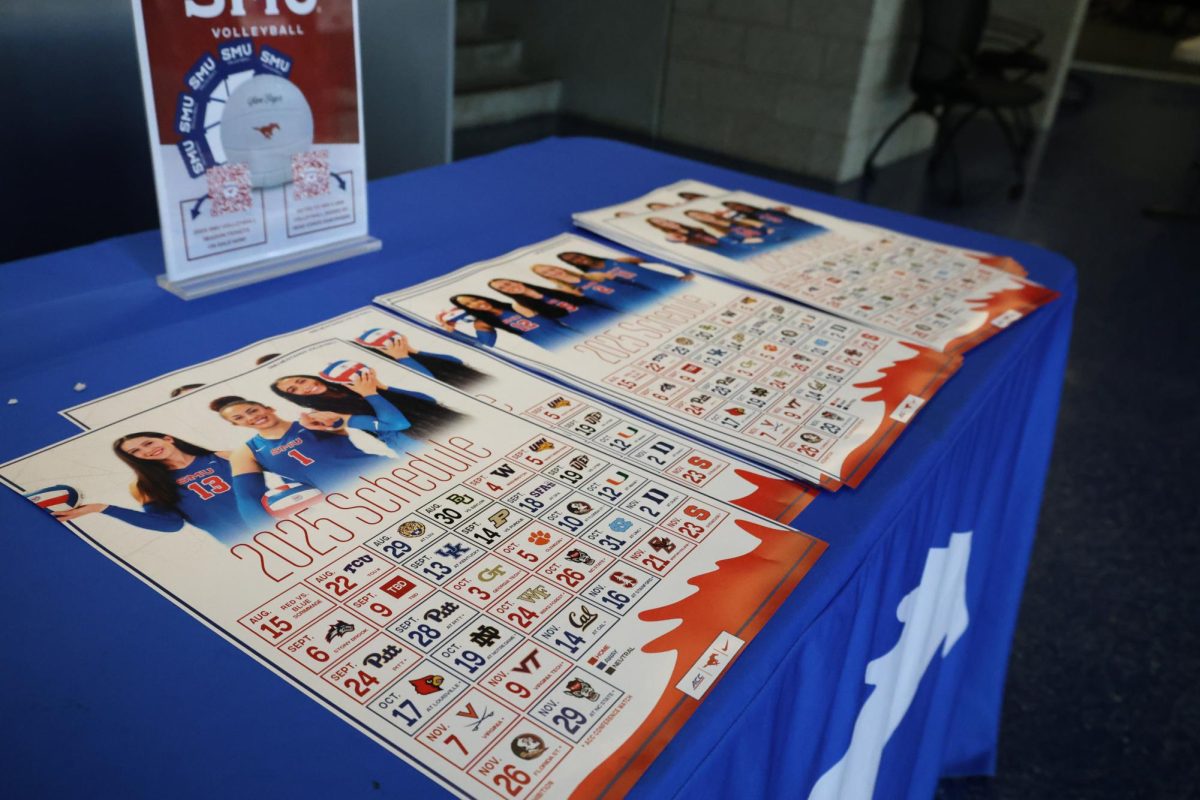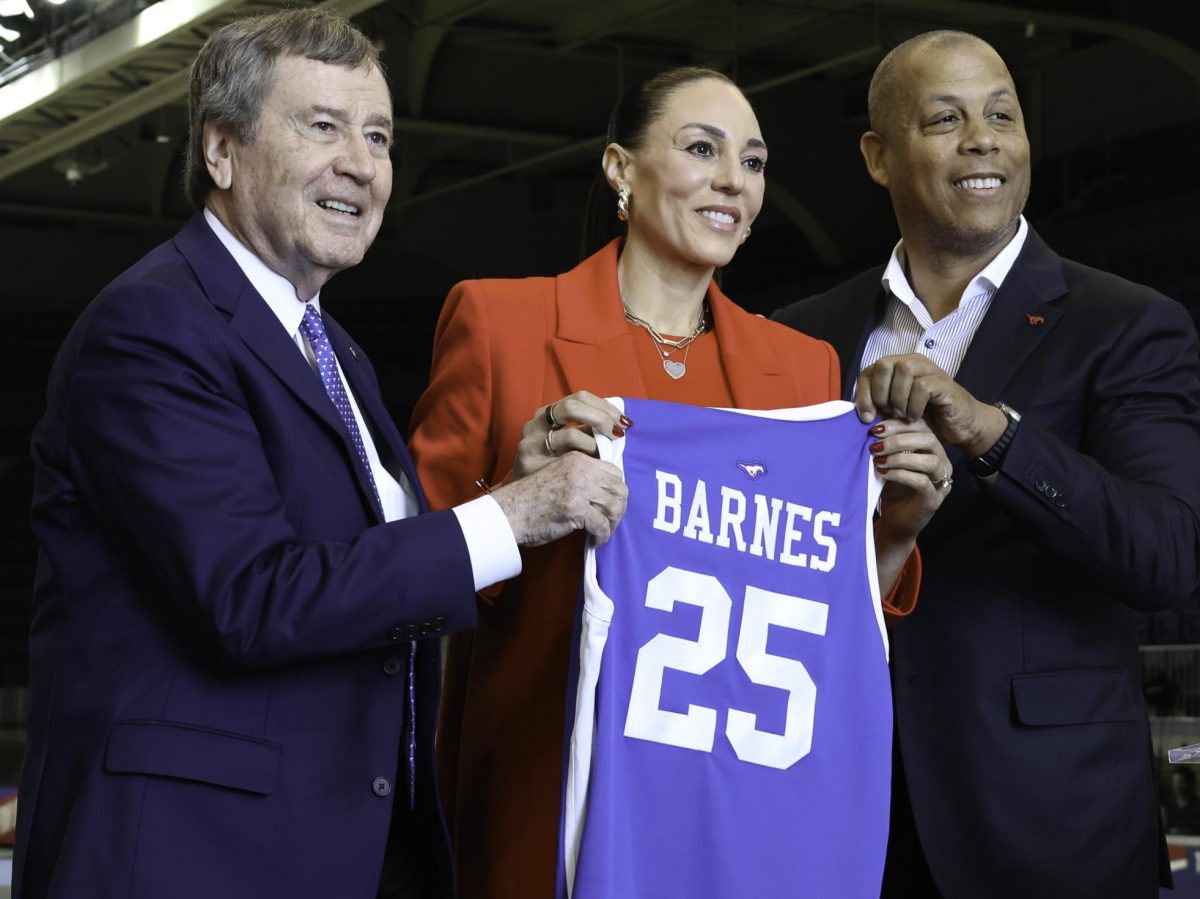Baseball analytics have taken over the game at the professional level ever since the Oakland Athletics rattled off 20 wins in a row in 2002 under manager Billie Bean. Bean, made famous for his character played by Brad Pitt in the movie “Moneyball,” prioritized non-glamour stats like walks.
But no metrics or advanced statistics are needed to reveal how much the increase in the amounts of home runs made is affecting the game at the professional level in 2017, with the trend starting in 2015. Similar to the Athletics of 2002, the Cleveland Indians this year strung together 22 consecutive victories, but how they won those games differed greatly.
Both streaks began in mid- to late August and carried into September. Most of the offensive statistics were consistent, but two of them stand out. The Athletics hit 10 less home runs in their win span than the Indians did and struck out 60 less times.
The significant increase in the strikeout number indicates a different approach from hitters, showing less patience and more willingness to swing for the fences. In other words, hitters today are much more aggressive than they were 15 years ago. It is obvious that no one wants to strike out, but clearly this ties into managers and coaches emphasizing the importance of power-hitting over getting on base, as Bean did.
Baseball has seen spikes in the home run ball a few times in recent history.On five separate occasions, the home run total increased by 700 from the previous year. When broken down mathematically, that equates to an average of one more home run per game per team.
In 1977, Major League Baseball saw home runs hit their first dramatic spike, increasing by over 1,400 total from the year before. This can be directly attributed to changing the manufacturer of the baseball. The previous three years displayed a major sputter in offense with the Spalding ball. After Major League Baseball introduced Rawlings as the new official manufacturer of pro baseballs, hitters did not become more talented—definitely not 1,400 home runs better.
In 1982, Major League Baseball saw its second spike of over 700 home runs in a year. While nothing concrete about the balls changed, this was a player-strike year for baseball, causing players to miss over a third of the previous season. This spike is commonly attributed to the player strike. While more home runs were hit per game, more games were played. The 1994 strike had the same effect with home runs increase by over 700 from the previous strike year. Notably, the home run totals of 1993 and 1995 are almost identical.
From 1995 onward, home runs saw a gradual annual increase for the next five years. In 2000, Major League Baseball saw a record 5,693 home runs launched out of ball parks. This trend has notoriously been attributed to the widespread usage of performance enhancing drugs (PEDs) and has been called the “Steroid Era” of baseball. These accusations have tarnished the legacies of former late 90s sluggers like Sammy Sosa, Mark McGuire and Jose Conseco, who wrote a book called “Juiced” that names many other professional players that Conseco accuses of PED usage. These three helped contribute to MLB’s increase in drug-testing protocols implemented in 2003 to combat the issue.
So, after dissecting the ominous history of baseball and home run spikes, what caused such an uptick in home runs in recent years?
Ben Lindbergh and Mitchel Lichtman released a study of the change in velocity and the movement of the ball with a later addition by Rob Arthur of FiveThirtyEight. They found concrete evidence that could explain the recent spike in home run balls. By calculating the ball’s drag coefficient (the loss of speed on the ball from the time it leaves the pitcher’s hand to the time the ball will cross home plate), they found that the ball would be less affected by air resistance—in other words, a decrease in the movement of pitches. In the past four years, the average drag coefficient of a pitch thrown in the majors dropped from .353 to .342.
Baltimore Oriels pitcher Cody Sedlock thinks the ball is wound tighter than in previous years. The Oriels’ 2016 first-round draft pick specifically cites changes that he feels in the baseball seams.
“I don’t think there is any chance that they didn’t change the MLB balls with how many pitchers are going on the DL with blister issues and the sudden jump in velocity for pitchers,” Sedlock said. “Also, with the number of home runs going up so much, it’s hard to believe that it is coincidental.”
Another explanation is the increase in home runs from rookies and younger players compared to previous professional baseball seasons. Major League Baseball in 2017 has seen rookies like Aaron Judge blast 500-foot home runs Andrew Benintendi launch four homers in a single game. It is not normal for young players to be this good this soon. The rookie home run total was broken in 2016 at 714, and might be broken again this year.
Dominic Smith, a first baseman for the New York Mets, thinks a big part of rookie success should be attributed to advanced technology providing in-depth scouting reports and game plans for different kinds of pitchers beyond those in the MLB.
“Now we have such complex scouting reports on what pitchers throw, what kind of pitches they throw, where they like to locate against a righty or lefty, and how the count will affect them from such a younger level that I think it has really helped me learn how to best approach at-bats in the big leagues,” Smith said. Smith has cranked two home runs in his rookie season.
Time will reveal specific causes for the upticks in home runs as more studies are done and analyzed. However, it is undeniable that the previous upticks like the one we have seen the past two seasons in the MLB are already easily attributed to a few things. It would be far-fetched to think that this uptick is any different.









